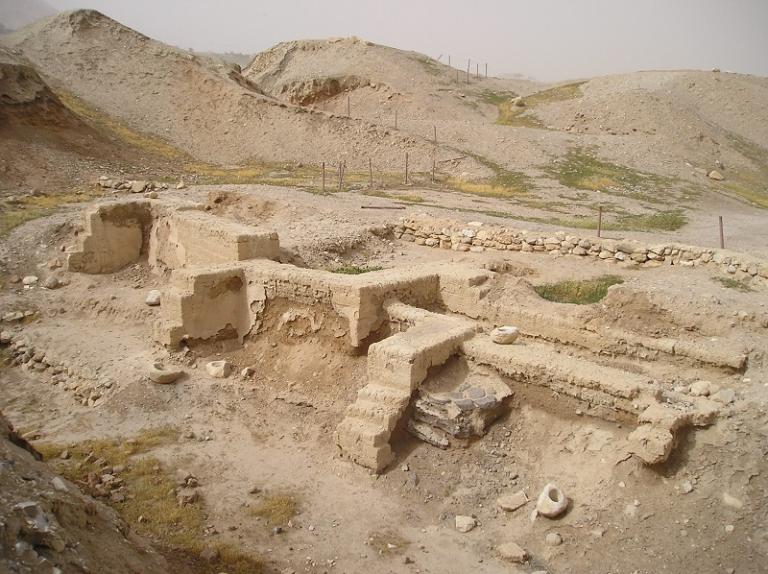 Archaeologists in Israel unearthed a two inch carving that appears to depict a biblical king. The question, however, is which king the figurine is supposed to portray. The 3,000 year old sculpture dates back to the 9th century B.C. It was around this time that Israel split into two kingdoms, Israel and Judea.
Archaeologists in Israel unearthed a two inch carving that appears to depict a biblical king. The question, however, is which king the figurine is supposed to portray. The 3,000 year old sculpture dates back to the 9th century B.C. It was around this time that Israel split into two kingdoms, Israel and Judea.
The figurine was discovered by archaeological teams from Azusa Pacific University and Hebrew University of Jerusalem working at the biblical site of Abel Beth Maacah. The site is mentioned in the Bible in 1 Kings 15:20, 2 Kings 15:29 and 2 Samuel 20:15 and was located at the crossroads of three ancient kingdoms: Israel, Tyre and Aram-Damascus. As such, the king depicted by the sculpture could be from any one of those kingdoms. “Given that the head was found in a city that sat on the border of three different ancient kingdoms,” said Robert Mullins, the lead archaeologist at the site of Tel Abel Beth Maacah, “we do not know whether it depicts the likes of King Ahab of Israel, King Hazael of Aram-Damascus, or King Ethbaal of Tyre, rulers known from the Bible and other sources. The head represents a royal enigma.”
The head itself is relatively small, only about two inches by two inches, but it is exquisitely detailed. The press release from Azusa Pacific described how the figurine head has “glossy black tresses combed back from a headband painted in yellow and black and a manicured beard. [The head’s] almond-shaped eyes and pupils are lined in black and the pursed lips give him a look that is part pensive, part stern. The glazed surface is tinted light green due to the addition of copper to the quartz paste. Its elegant style indicates that the man was a distinguished personage, probably a king.” The size of the head indicates that the full figurine would have stood between eight and 10 inches tall.
Archaeological sites in Israel are known for their incredible discoveries, and while this relatively small piece of sculpture may not be quite as exciting as the recent discovery of a seal that may have belonged to the prophet Isaiah, the Iron Age figurine piece is still quite a find. “It provides us with a unique opportunity to gaze into the eyes of a famous person from the past, a past enshrined in the Book of Ages,” said Mullins. The head is now on display at the Israel Museum in Jerusalem.


